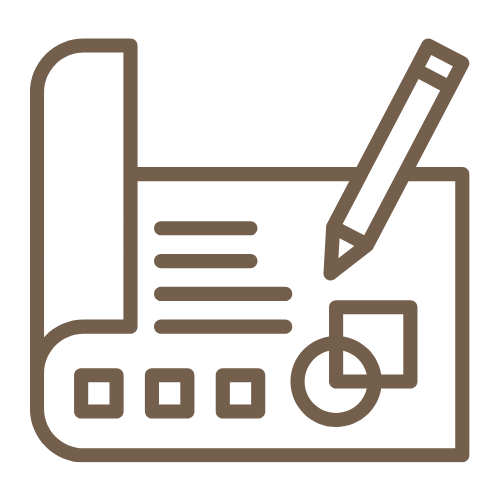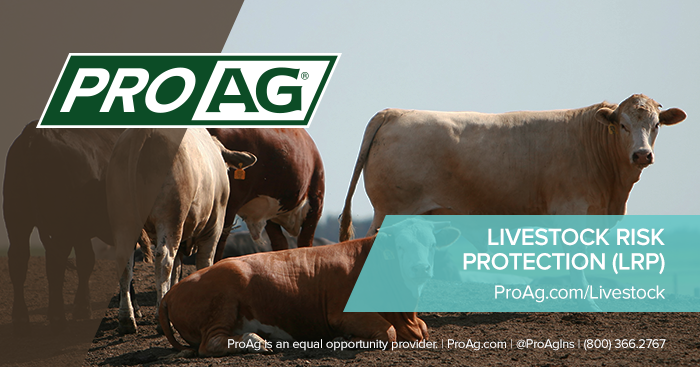The Only Guide to Bagley Risk Management
The Only Guide to Bagley Risk Management
Blog Article
Expert Guidance on Risk Evaluation and LRP Insurance Policy Solutions

The Value of Danger Analysis
Efficient threat analysis is basic in the decision-making procedure of any organization, guiding strategic preparation and resource appropriation. By systematically recognizing, evaluating, and focusing on prospective threats, organizations can anticipate difficulties, take advantage of opportunities, and make educated options to attain their goals. Threat evaluation enables organizations to proactively attend to susceptabilities, mitigate risks, and maximize their danger monitoring methods.
Among the key advantages of risk assessment is its role in enhancing operational performance. By understanding the potential threats that could affect numerous facets of business, companies can streamline procedures, allocate sources more efficiently, and decrease the chance of expensive disruptions. Danger assessment enables companies to comply with regulative needs, guard their credibility, and develop count on with stakeholders.
Recognizing Possible Losses
To grasp the effect of danger evaluation, it is crucial to comprehend the possible losses that can substantially impact an organization's operations and economic stability. Possible losses can develop from different sources, consisting of natural calamities, financial declines, functional failings, governing modifications, and cybersecurity breaches. These losses can cause straight expenses such as residential property damages, legal expenditures, and fines, along with indirect prices like reputational damages and loss of market share.
Comprehending potential losses entails conducting an extensive evaluation of the threats that might emerge and estimating the economic impact they might carry the organization. By quantifying these potential losses, companies can focus on risk reduction efforts and allocate sources efficiently. A thorough understanding of prospective losses allows companies to make educated choices when picking risk monitoring techniques, such as acquiring insurance policy protection or executing danger control procedures.
Essentially, by acknowledging and comprehending potential losses, companies can proactively take care of risks and safeguard their long-term sustainability and success.
Duty of LRP Insurance Solutions
The integration of LRP insurance remedies within a company's threat administration framework boosts durability and strengthens financial security against unpredicted adversities. LRP, or Loss Recovery Product, insurance policy solutions play a crucial duty in alleviating the effect of possible losses by supplying financial defense and support in times of dilemma. These insurance policy remedies are tailored to meet the specific requirements of organizations, providing coverage for anonymous various dangers such as residential property damage, service interruption, responsibility cases, and a lot more.
By transferring the monetary risk to an insurance company, services can focus on their core operations with greater tranquility of mind, understanding that they are safeguarded versus significant monetary losses. Furthermore, LRP insurance coverage options can enhance a company's danger administration approach by supplementing existing danger mitigation procedures and ensuring detailed protection throughout all areas of prospective susceptability.
Identifying Trick Threats
In the process of view it now risk assessment, a crucial step involves determining crucial threats that have the prospective to affect a company's procedures and economic stability. Identifying vital risks requires a comprehensive analysis of outside and internal aspects that might position hazards to the organization's goals. Inner dangers may consist of operational inadequacies, conformity concerns, or human resource challenges, while outside risks might incorporate economic declines, regulative modifications, or all-natural calamities.

Additionally, key risks ought to be routinely assessed and upgraded to line up with the vibrant organization environment. This proactive method allows organizations to stay in advance of possible dangers and protect their long-lasting success.
Picking the Right Coverage
Having identified the crucial threats that might impact an organization's operations and financial security, the next essential step includes very carefully picking the best coverage to effectively take care of and mitigate these risks. Organizations need to consider their particular risk exposure, monetary capabilities, and calculated objectives when it comes to choosing the best coverage. It is important to carry out a comprehensive evaluation of the offered insurance coverage alternatives to make sure that the picked insurance coverage aligns with the company's threat administration objectives.

Organizations should work carefully with skilled insurance coverage specialists to analyze their danger profiles and determine the most ideal insurance items to resolve their requirements. Customizing insurance policy coverage to details dangers can aid maximize defense while lessening unnecessary expenses. Furthermore, organizations should assess policy terms and conditions carefully to comprehend the degree of protection given and any type of possible exemptions that may influence their threat reduction strategies.
Conclusion
Finally, risk evaluation is essential in recognizing prospective losses and choosing the best LRP insurance policy solutions. By understanding crucial threats, companies can minimize financial effects and secure their possessions. It is necessary to meticulously assess and evaluate threats to guarantee appropriate insurance coverage is in area. Specialist guidance can aid navigate the intricacies of danger analysis and insurance solutions, offering services with the necessary devices to successfully take care of and alleviate dangers.
Professional assistance plays a crucial function in this process, providing valuable understandings right into determining and evaluating threats, as well as tactically choosing ideal insurance protection tailored to alleviate those dangers successfully. A thorough understanding of prospective losses makes it possible for companies to make enlightened choices when picking threat monitoring methods, such as acquiring insurance policy coverage or carrying out danger control procedures.

Report this page